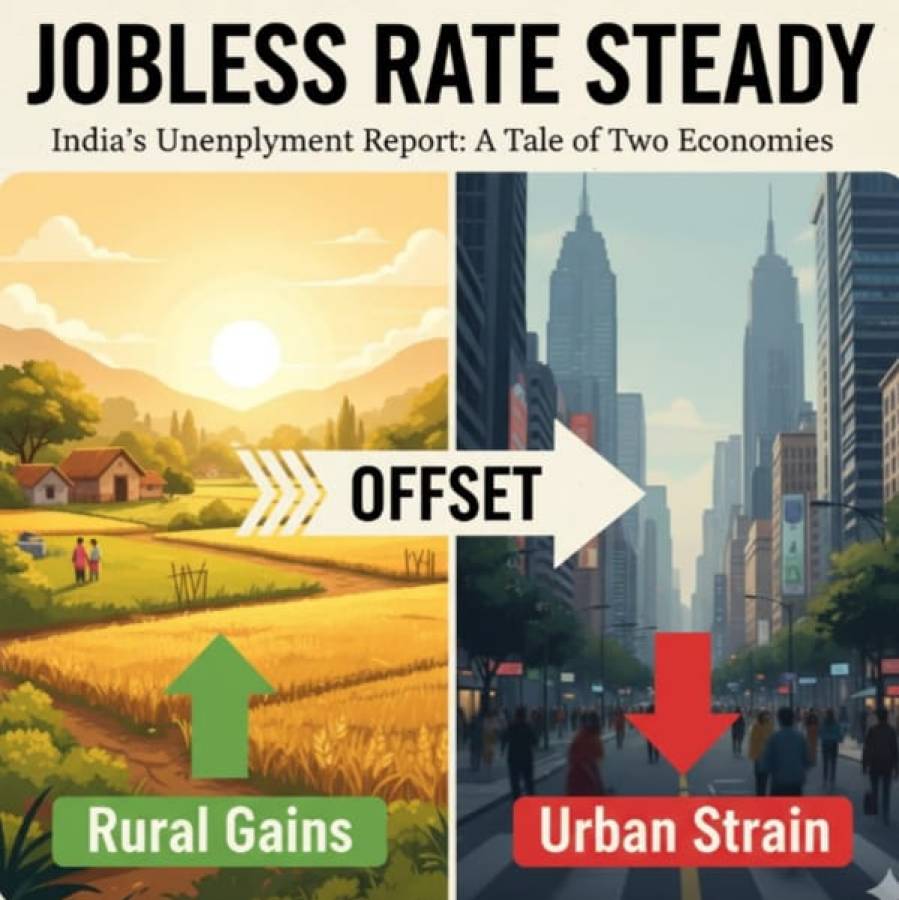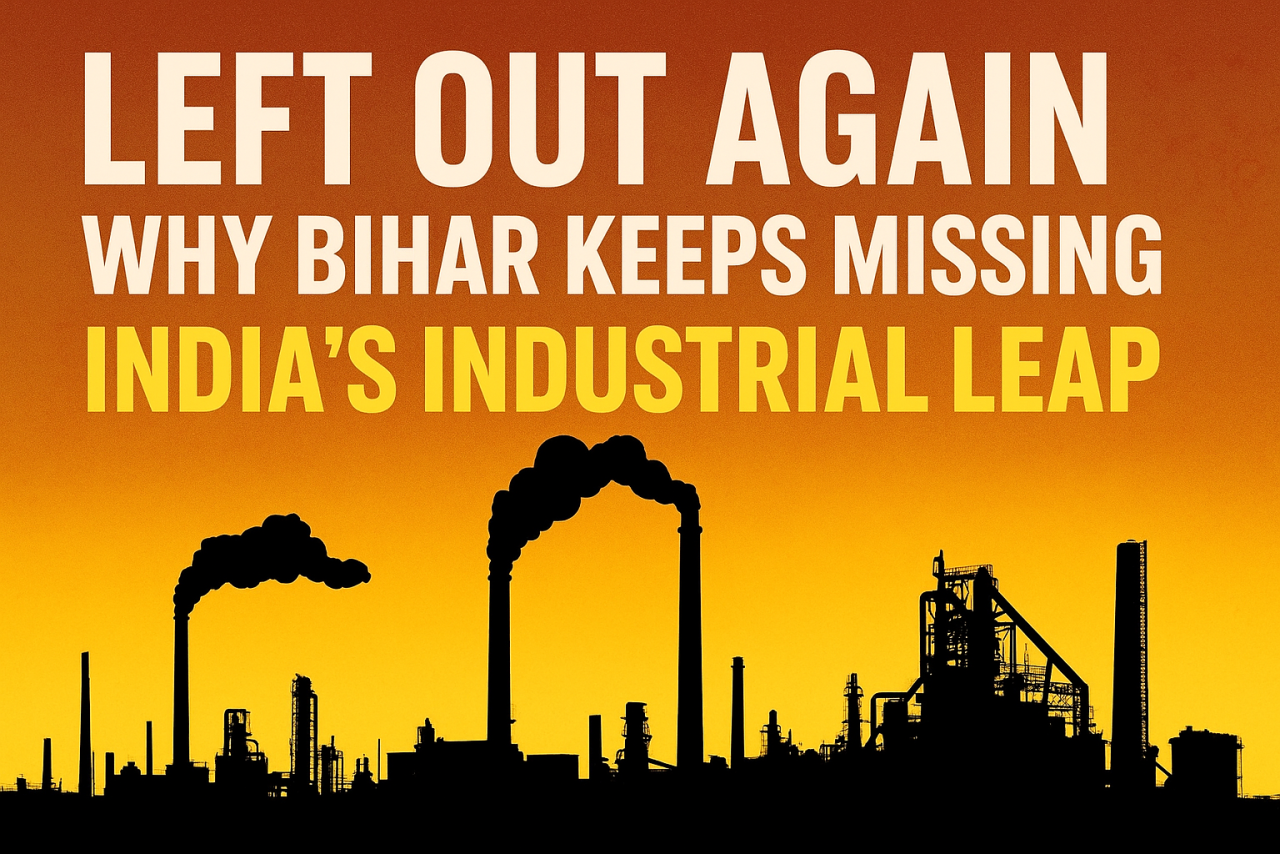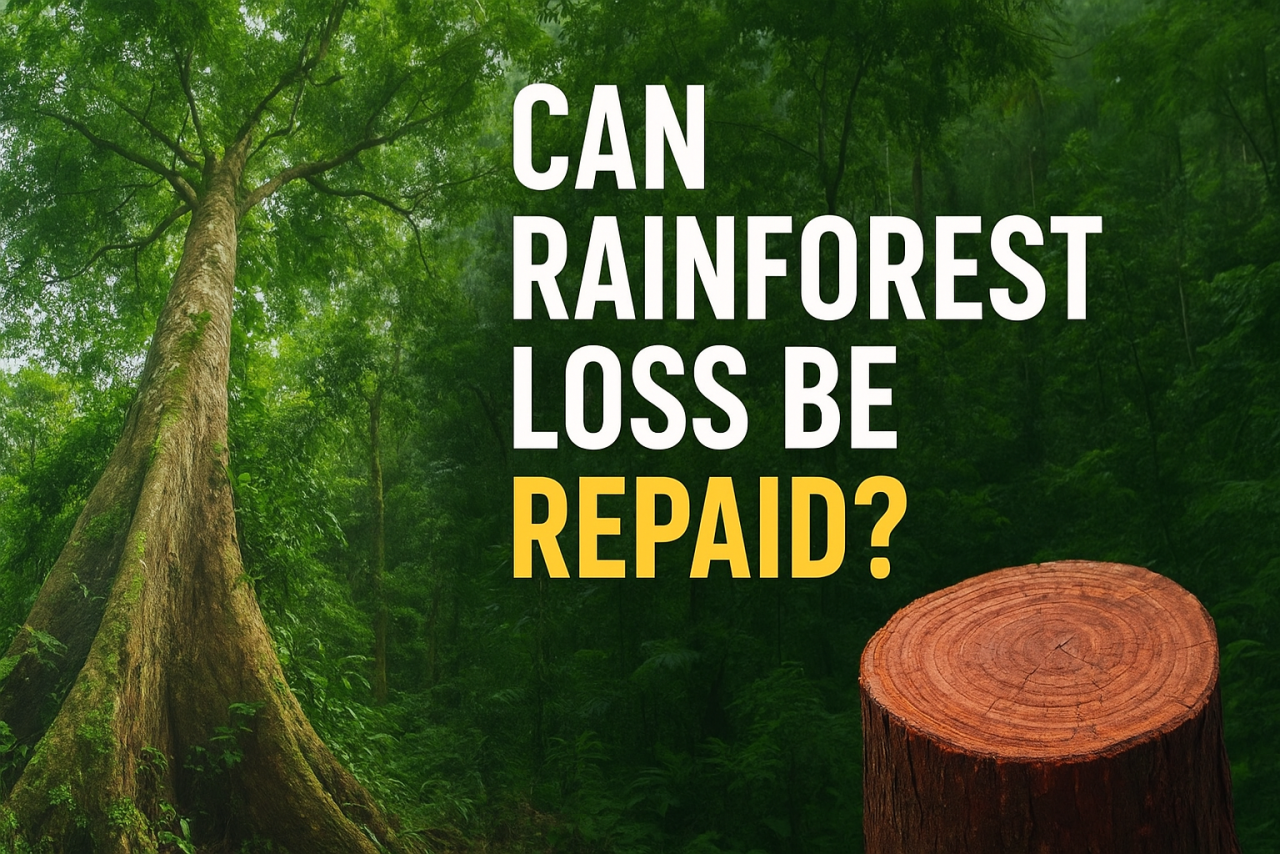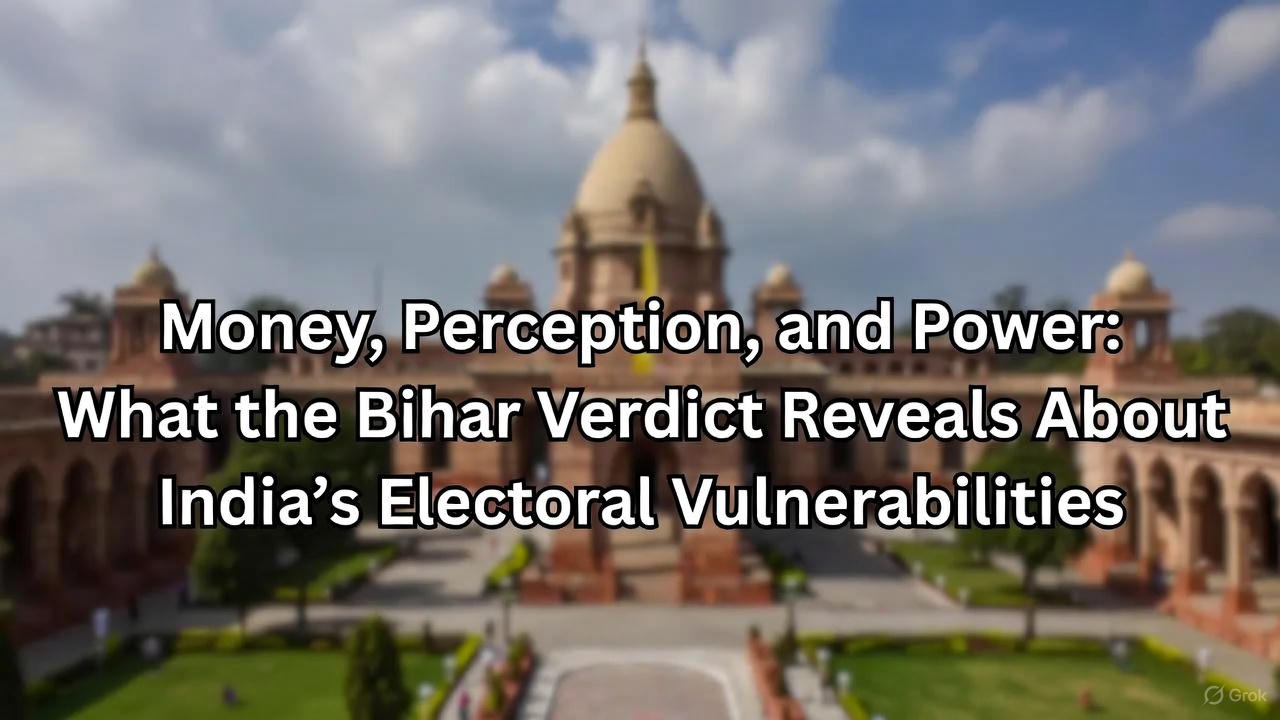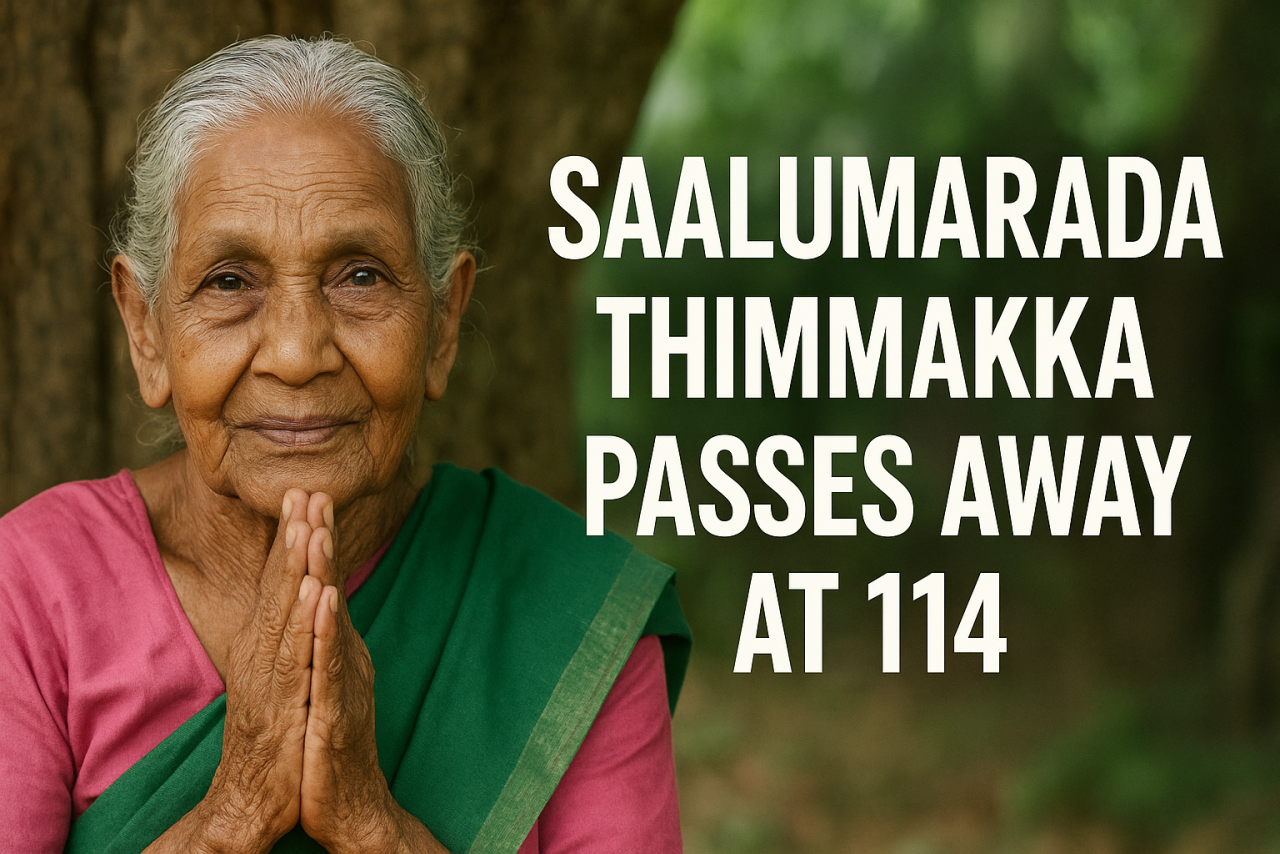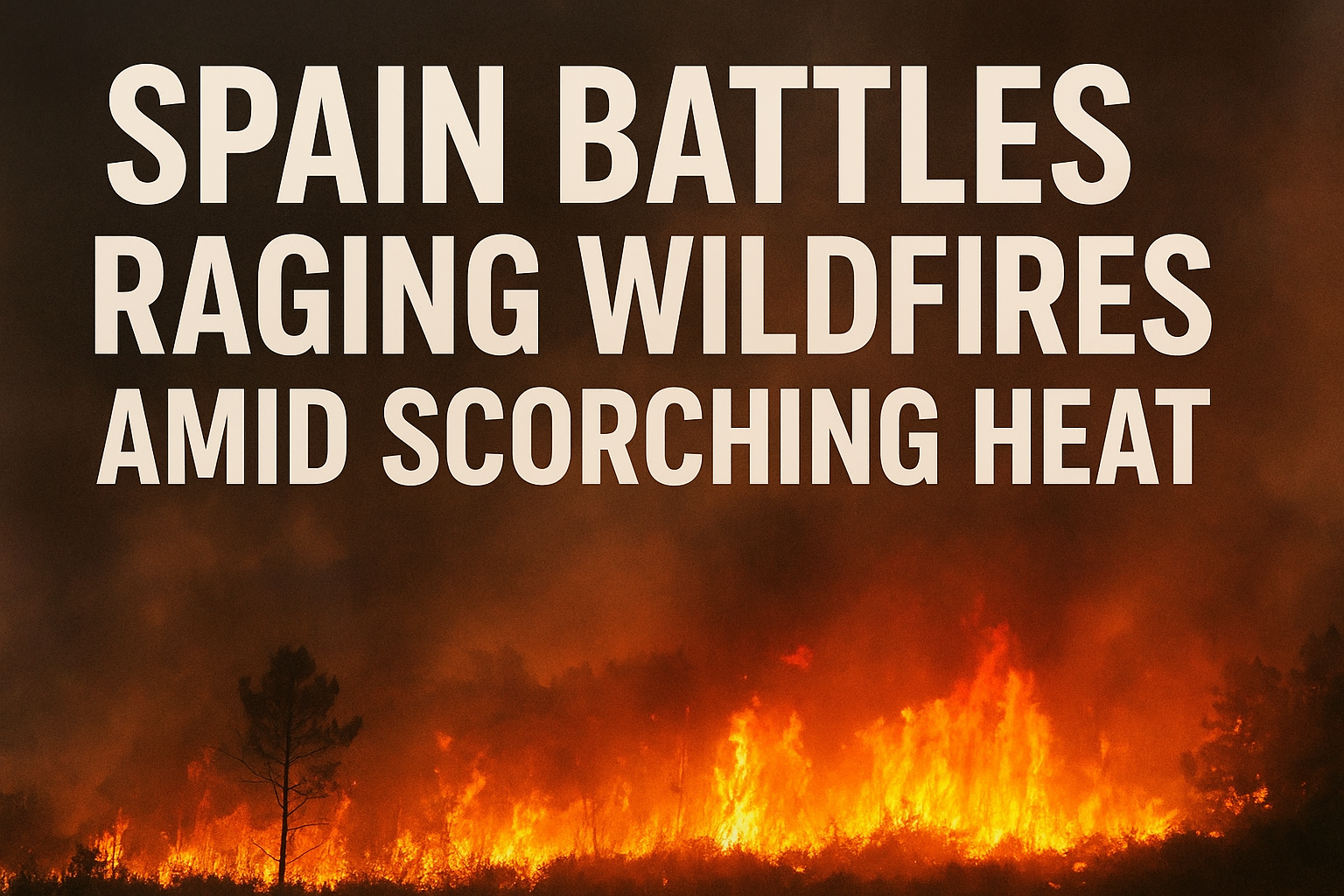
Spain is facing one of its worst wildfire seasons in nearly two decades. Around 20 major wildfires have erupted across the country, with the northwestern region of Galicia being the hardest hit. The Spanish government has been forced to deploy more than 500 additional military troops, bringing the total number of personnel fighting the fires to nearly 1,900. This emergency response comes as scorching temperatures and dry winds have created dangerous conditions.
In just the past week, wildfires have burned over 15,000 hectares of land. Entire forests have turned to ash, homes have been damaged, and thousands of people are under threat. The Spanish national weather agency AEMET has warned that temperatures could climb as high as 45 degrees Celsius, worsening the already difficult firefighting efforts. Authorities admit that the weather is not in their favor, which has made controlling the flames nearly impossible.
Prime Minister Pedro Sanchez, speaking at a press conference in Ourense, acknowledged the severity of the crisis. He confirmed that the government would continue to expand military and emergency services until the fires are contained. He described the weather conditions as extremely adverse, noting that extreme heat increases the risk of uncontrollable wildfires.
Virginia Barcones, the director general of emergency services, explained on Spanish television that although temperatures might drop slightly after Tuesday, Spain remains in a very dangerous phase. She highlighted that the combination of heat and dryness has made the country highly vulnerable to more fires.
For local communities, the disaster has been devastating. In the village of Villardevos, electricity supply was cut off, leaving water pumps unusable. In response, villagers organized themselves into small groups to fight the flames with water buckets. Their efforts show the desperation of people trying to protect their homes while waiting for professional help. One resident described the fire as coming from all directions, making it nearly impossible to contain.
Investigations suggest that human activity may have played a role in this disaster. Since June, 27 people have been arrested and 92 others are being probed for suspected arson. These figures indicate that beyond natural causes like heat and drought, intentional fire setting has made the situation worse. Authorities fear that such acts, combined with climate conditions, could overwhelm emergency resources.
Neighboring Portugal is also struggling with a similar crisis. Data from the European Union’s Copernicus satellite program shows that Portugal has already lost more than 155,000 hectares of land to wildfires this year, while Spain has lost nearly 70,000 hectares. Both figures are far higher than the average losses recorded between 2006 and 2024. The destruction is a warning about how climate change is reshaping the environment in Southern Europe.
The economic and social impact of these wildfires is severe. Rural communities that depend on agriculture and forestry are losing not just land but also their livelihoods. Crops, pastures, and forests have been destroyed, threatening food security and local income sources. Villagers now face uncertainty about how they will rebuild their lives after the flames are extinguished.
This wildfire crisis is not an isolated incident but part of a larger pattern linked to climate change. Prolonged droughts, frequent heatwaves, and dry winds are making wildfires more common and intense across Europe. While emergency responses such as firefighting planes and troop deployments are necessary, experts emphasize that prevention measures are equally important. Stronger environmental policies, better land management, and stricter monitoring of human activity like arson are urgently needed.
Spain’s battle with these wildfires is a reminder of how fragile human life is against the forces of nature. Unless long-term steps are taken to address both climate change and irresponsible human actions, such crises are likely to become even more frequent. For now, Spain waits in hope that the predicted fall in temperature will bring relief to exhausted firefighters and struggling communities.




